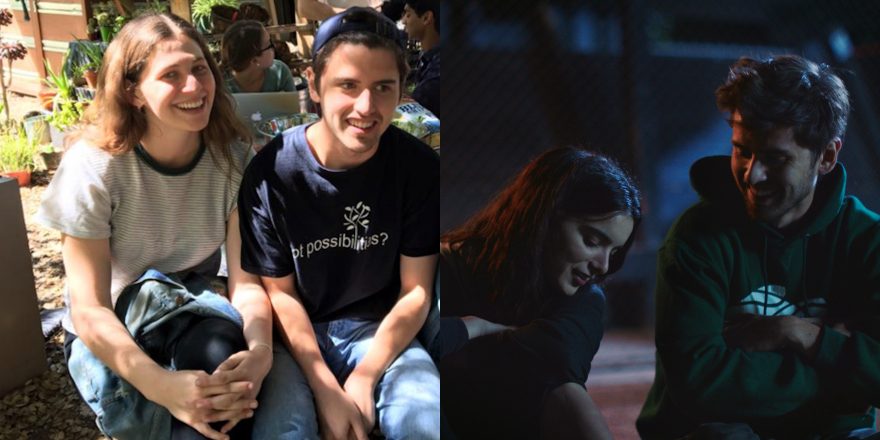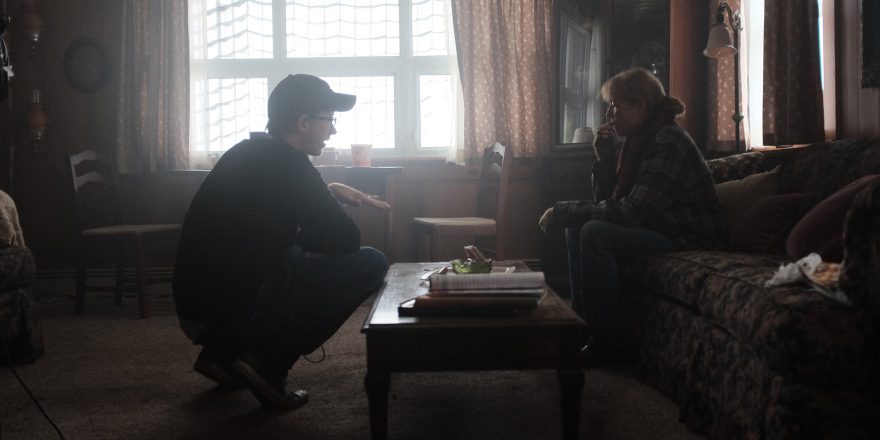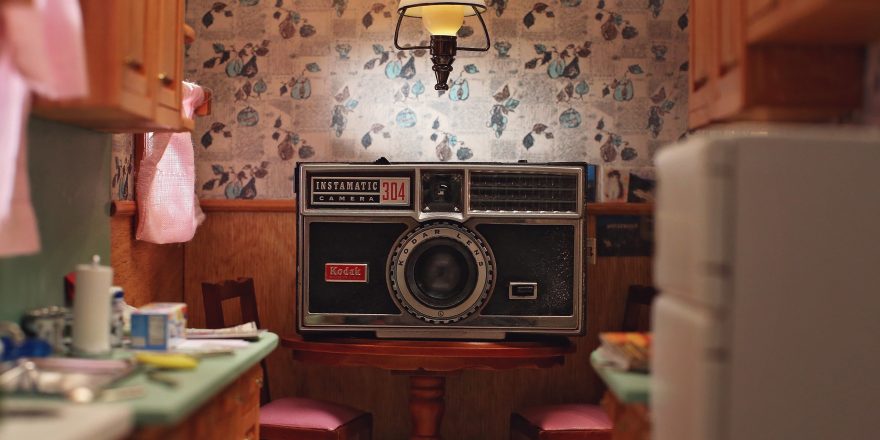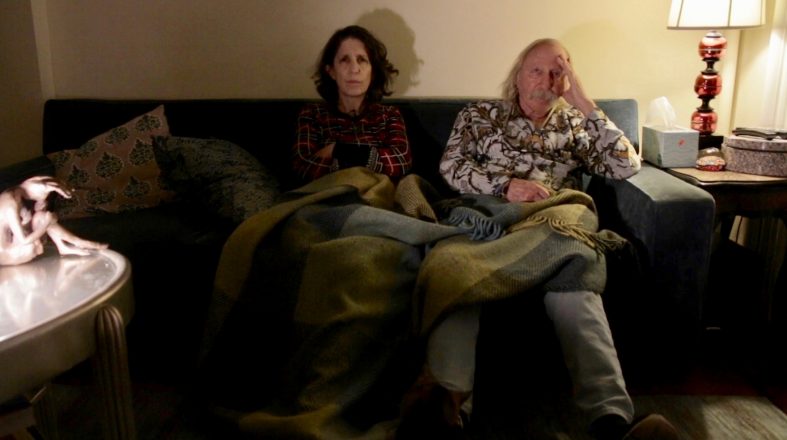“Please cancel our theatrical release.”
After a year of looking for the unicorn that small independent films search for through the woodlands of the festival circuit, my movie South Mountain had secured a modest but meaningful big-screen release.
It is early March 2020.
We have stopped calling it “coronavirus,” and started to call it “COVID-19,” a more precise name. We are taking it more seriously. Still, people go to work, then gather for drinks. … We aren’t sure if the on-going party that is New York City is cancelled yet. We are at half-measures. Theaters are seating every other seat. This isn’t six feet apart and I worry someone sick might come to see our film. When the theaters close, I am relieved despite what it means for their business and mine.
How quickly our priorities have changed.
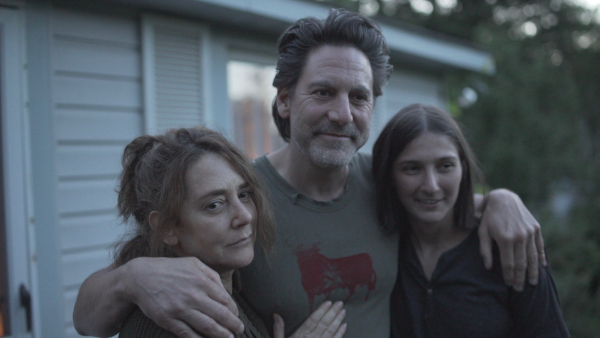
Facebook posts a reminder of South Mountain’s premiere a year prior at SXSW. In the picture, my family, cast and crew are clustered together in different combinations, covered in hopeful smiles with our arms draped about each other in poses of celebration and gratitude.
This year, there’s no SXSW. What now connects us most in the filmmaking community is our physical distance and the certainty that what comes next cannot be anticipated.
It is 2014. I am emerging, damaged and dazed, from a project-for-hire that had not gone well. The sensible advice from the world is, Forget about it, move on.
But how to move on when your sense of purpose and direction is unseated? I know I can’t wait another 10 years to shake this feeling (10 years is how long it seems to take me to make a feature film). I need to make something I can be either proud of. Or else, fail on my own terms, hopefully with some measure of grace. My husband, Ethan – a cinematographer – is washing the dishes when I tell him, “We are shooting a small feature soon on your prosumer camera with all natural light. OK?”
“Uh huh.” He keeps washing the dishes. I can tell he is both hopeful and certain the idea will go away.
Because it is such a small, self-sufficient idea it does not go away. I raise modest funds for production with the help of a dear friend, and then there’s no single insurmountable obstacle to stop us. Over the next three years I take the inexorable baby steps and gather the allies and guardian angels that sum-total a film.
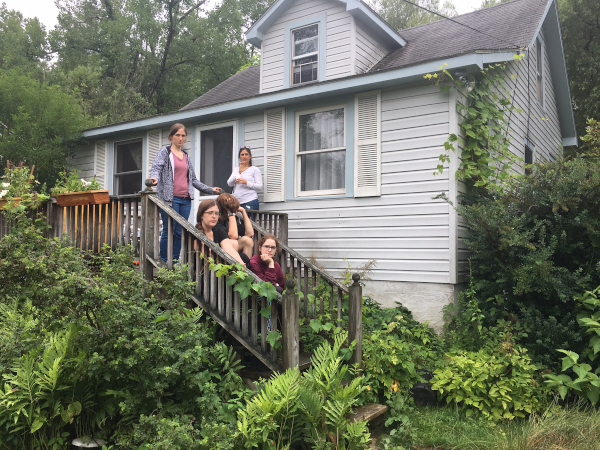
I grew up moving between Catskill, Woodstock and New Paltz, New York, and the Catskill Mountains’ compact anatomy of green, black and grey curves remain firmly imprinted on my psyche. I do not own a house there (I do not own a house anywhere – we are New York City renters), but my mother’s house has occupied my imagination for years.
She lives in a cottage perched on the foothill of South Mountain. It is half-submerged in roses and twisted pussy willows. There’s a grove of aspens in the back that dapples the sun on the grass below. Lovingly but badly “built onto” over the years, it is devoid of right angles, and full of ladybugs and spiders. Seen through a lens, its interior spaces are small enough to compress action, so every shot contains some magnificent bits of architectural clutter (door frames, etc.) and light pours in from all four cardinal directions in interesting ways. I spend a great deal of time watching how this light moves throughout the house. I know that shooting in a small space like this can only work with a small footprint (small crew, small camera, etc.), and that the best way to capture the natural light is to use natural light. In short, our limited resources are perfectly matched to the house’s proportions.
In this house, I imagine a woman who doesn’t want to accept that her marriage is over and that her kids are on their way out of the nest. She’s in too deep and loves them all too much, and even the bad times are good in comparison to the alternative. So she makes a series of terrible decisions before learning better. Her name is Lila.
Is Lila based at all on me?
Yes and no.
The narrative is solidly fiction, with story threads from both observed and imagined life. But in reality, my own marriage remains intact. My husband not only shot this film, but also continues to stick around and wash dishes. There’s plenty for me to connect to in this story, however. Our kids – 15 when we filmed, now 18 – are at the age of breaking away. The nest is imminently empty. Like Lila, I find that too much love, and the fear of losing it, drives me a bit mad at times.
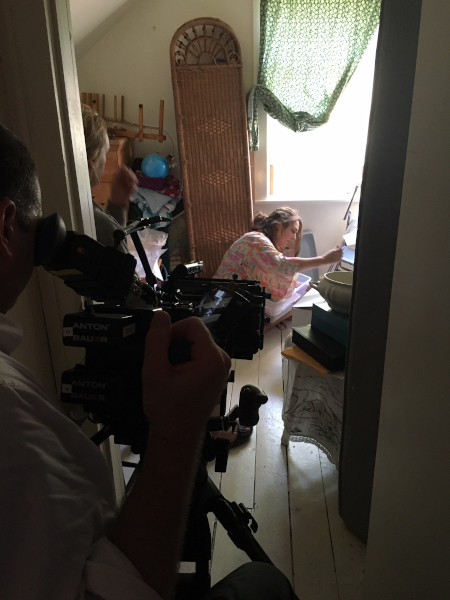
She is “…trapped in a lush prison of her own making.” That’s how Indiewire’s Eric Kohn described Lila in his review of South Mountain. She is trying to figure out how to break free, or if she even wants to break free, because this prison is also a paradise, a place too beautiful to leave, even as it kills you.
March 2020, New York City.
Reality has inverted. I now fear my children will not be able to leave. I now fear that not the inside, but the outside will kill us.
I wonder how audiences will relate to Lila’s mountain. Is her domestic paradise still a prison? Or now does it simply look like paradise?
Let’s go back a few decades, so I can tell you about my mother. She is kind, easy with the world and comfortable with chaos. She embraces imperfection, but will not tolerate cruelty in any form. She seldom cries or raises her voice. I’m 16 years old and when we pack the car for me to move away, she cries. I do not expect this, and am indignant. From my developmentally appropriate perspective, my departure is predestined and right. Her damp eyes suggest otherwise.
In 2016, when I ask to film at her house, she nods as easily as if I’d just asked her to pass the salt. To her the house is a studio, a place to make things. She wants me to be able to make things there too. I try to explain just how intense it will be to have even a small crew descend on her home. It means she will have to move out, take a trip, or stay with us.
“It will be an adventure,” she says.
I tell my kids, when they complain during car trips, that adventure always involves misery.
That’s not the part you remember, though.
You remember the chaos and energy of a filmmaking family that forms suddenly, nests intensely. You remember the sign on the shed (doubling as a sauna in the film) where our snack coolers are locked that says, “Bears, please do not eat our food.” And how nonsensically proud you are that our team is polite when writing to bears. You remember the heat of the day, the cool nights and the ice cold streams that numb your feet. You remember the cheerful stride of Scott Cohen’s muck boots and how each day Talia Balsam’s chestnut hair falls in character, and how gently she carries Lila’s quietness through our chaotic set.

You remember packing away many of your mother’s things. The art team is moving around what remains like they’re building a pillow fort, and bring in more chaos to represent a fictional family. My mother insists on camping with her little dog until her campground is flooded, then relents and joins our crew house, where we cook family-style dinners and sing songs at night. We are a mix of experienced and emergent filmmaking people, and alumni from the MFA film program at Columbia, where I teach. Our 15-year-old twins help with the cooking, and move our single apple box around. They also play small roles in the film, and the rest of the cast graciously adopts them while their parents bicker about lens choice. They are real-life teenagers – hopeful, curious, indignant with their parents, and, at the times, also with the film, which rightly they point out is really an absurd amount of work. My mother weaves through all this, quietly explaining about the paintings and birds that surround us, and the “Angel in the Mist” plant we are stepping on.
She is at the heart of this too.
It doesn’t hit her until the last day, as we begin to bring back her belongings from storage to “reset the house,” that every item of clothing, every object she owns, has been handled by the hands of strangers.
“It’s like nothing here is mine anymore. It’s like I’m dead.”
There’s anger, and tears on her face. I don’t expect this, but I am not indignant. I’m simply sorry. My mother is comfortable with chaos. She accepts imperfection. She doesn’t cry often. When she does, it means you’ve done something very wrong.
Life imitates art, as we sift through boxes and rebuild.
Ask her about it now, and she says, “It made me look at things, and decide what really matters.”
That’s what we’re doing now, in these early days of nesting in crisis.
Looking at our things.
Deciding what matters.
Last week, Ethan and I drive back to the house on South Mountain and leave supplies and groceries (that my mother says she doesn’t need, but we want her to have) on her porch. She brings her computer to the picnic table so we can back it up to an external drive, wiping it down with alcohol before stepping away. We retrieve an old bicycle from a shed to bring back to the city for my son to fix for his sister, if there’s college for them to go off to in the fall.
My mother stands behind the screen door and watches.
There’s a scene like this in the film, in which Lila stands at a screen door, and watches her family go. The screen is a soft grey mist, separating them.
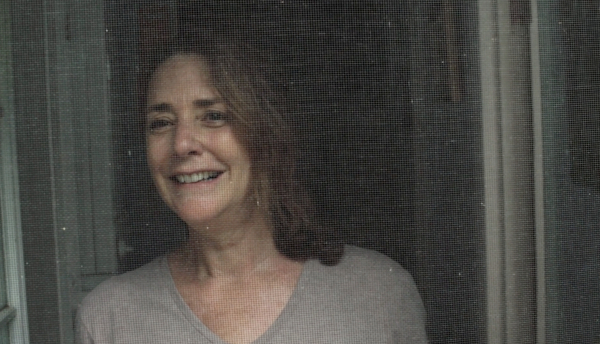
I think about how the next time we come back to the house, the world will have changed again and I refuse to imagine how.
I really don’t want to see what’s coming. I want to see what’s here now.
I congratulate myself on remembering to wear a hat. I breathe the cold spring air and look hard at the pussy willow paws and try to memorize the lacy pattern of pollen dust. I remind myself, this pollen dust contains a map of the future.
My mother stands behind the screen door and watches us go.
This movie we made at home will release May 5 on VOD, foregoing the impartial space of a theater, broaching the intimacy of your own home.
It will stand at your digital threshold quietly, and wait for you to decide whether to invite it in.
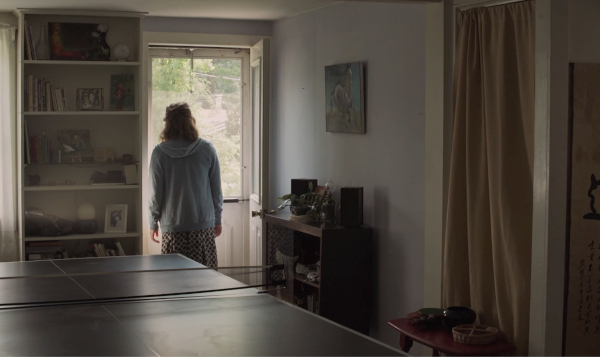
Whether you watch or not, please look to the door and remember what it feels like when the door opens and someone you love comes home, or leaves. In these moments, energy is released, and that energy is love.
All images courtesy Hilary Brougher.




